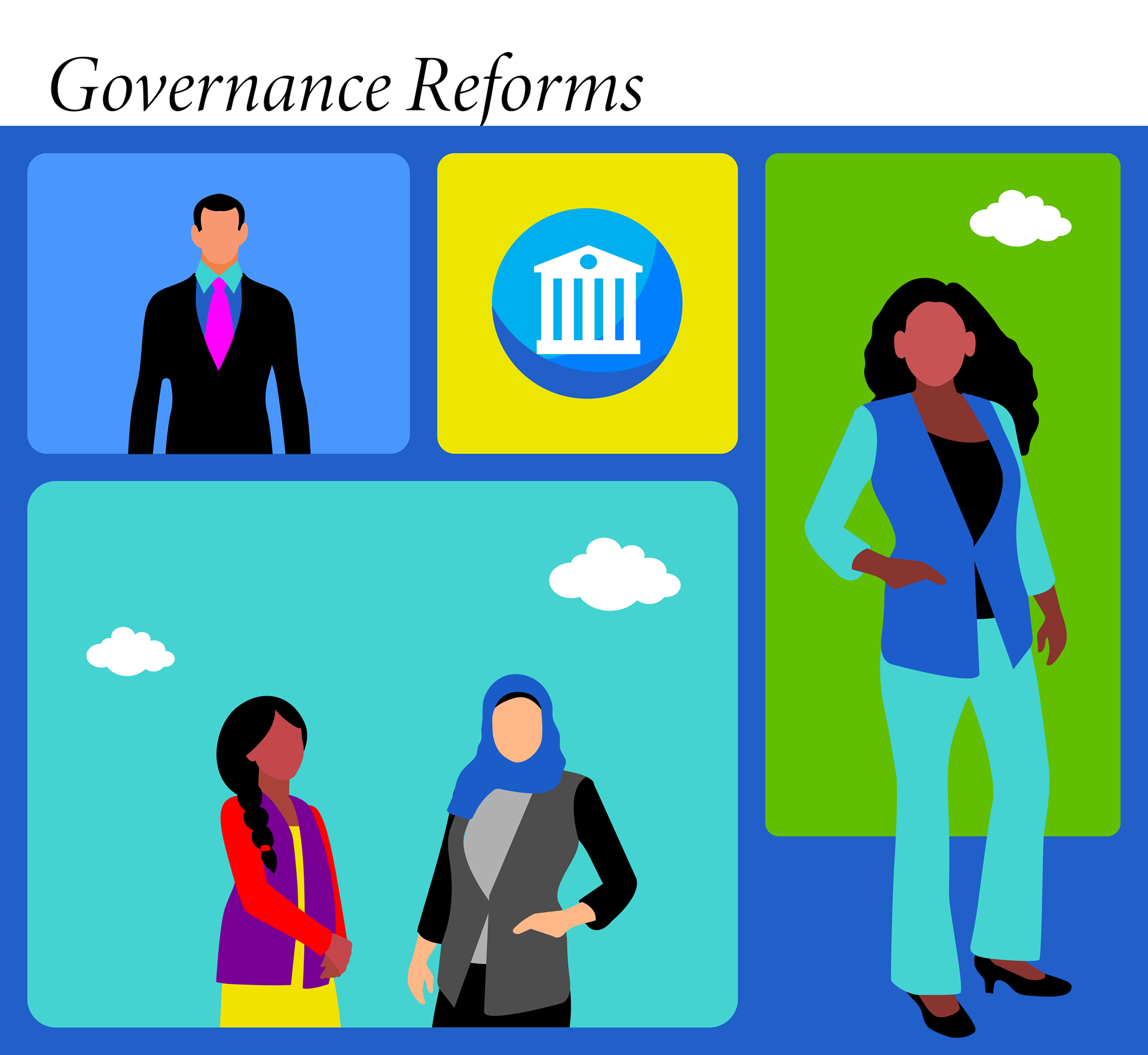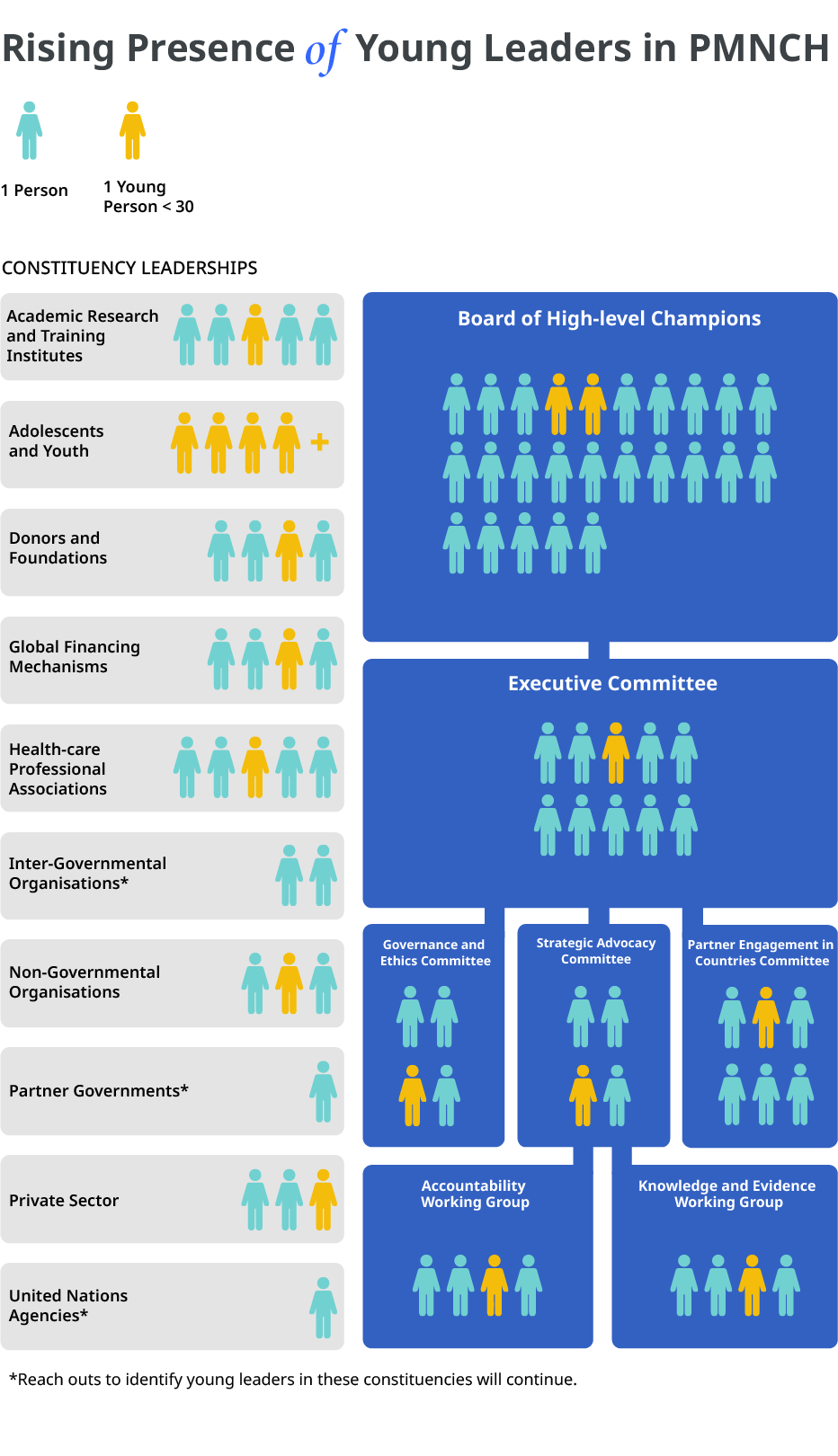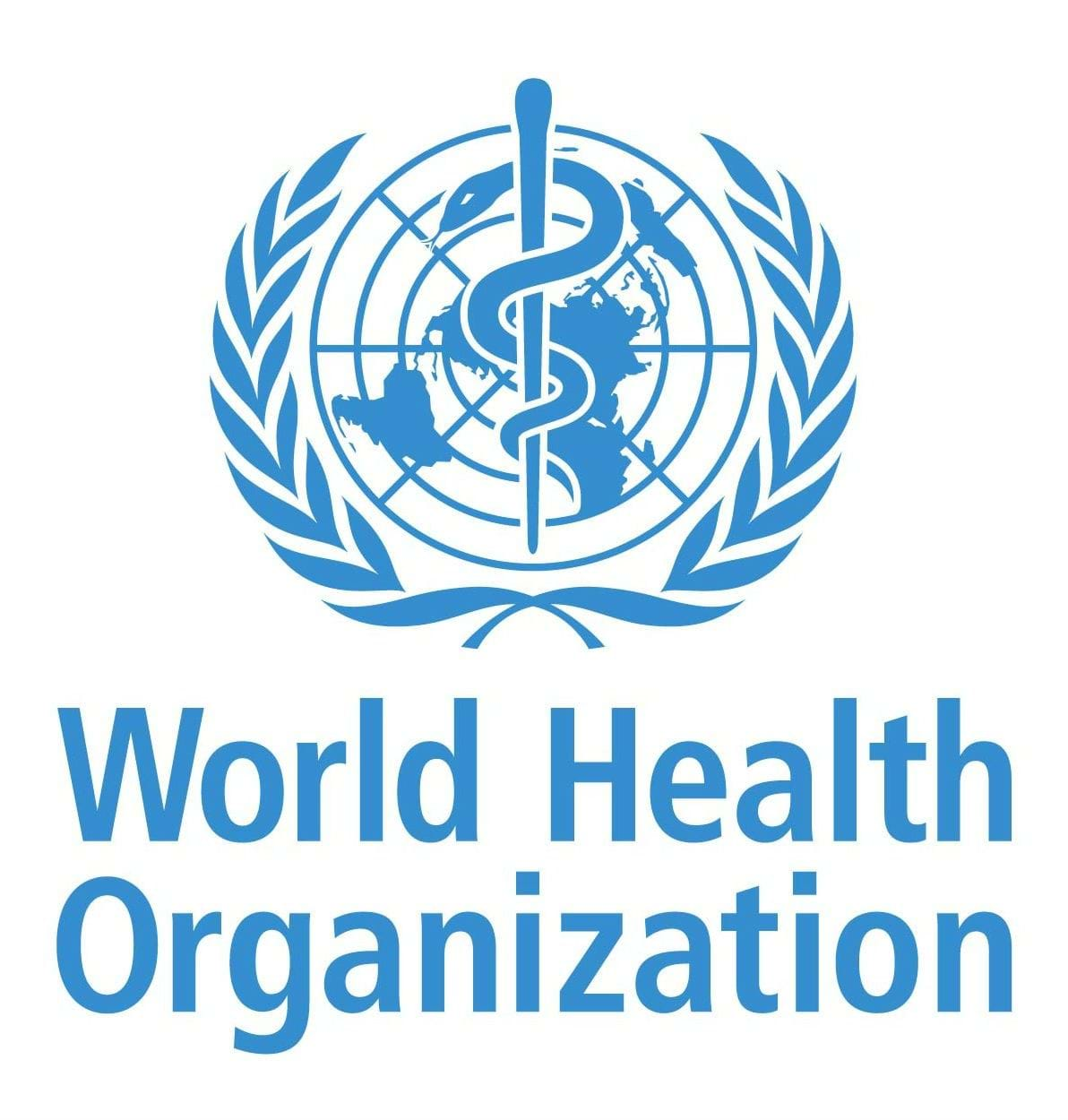Introduction

In 2021, PMNCH achieved an important milestone in reorganizing and streamlining its governance structure to enable more efficient and effective operations. This extensive effort was aimed at supporting the implementation of the 2021–2025 Strategy and enabling members to play a more central role in conceptualizing and implementing the Partnership’s work.
Standing Committees and Working Groups were created, and links established between these structures and the 10 PMNCH constituencies, as a means of enhancing networked capacities at all levels.
In the December 2020 report Harnessing the Power of Partnership in a Digital Era, the PMNCH Board recognized the overarching importance of ensuring equitable inclusion, constructive power balance and active antidiscrimination across all of PMNCH’s internal and external workstreams. Extensive work has been conducted to implement greater partner inclusion at all levels. For example, by the end of 2021, PMNCH had more than 20 people aged under 30 in leadership positions.

Efforts continue to identify young leaders for the three constituencies where they are not yet represented. The implementation of the Global Consensus Statement on Meaningful Adolescent and Youth Engagement has been essential in informing this process.
In addition, continuous efforts have been made to monitor and track diversity in gender, region, education and professional backgrounds of all members, to ensure that PMNCH is a truly diverse and inclusive organization, giving equal voice and participation to all members, as a means to achieve its overall objectives.
Concrete steps were also taken in 2021 towards achieving digital connectivity, as a mechanism for strengthening governance and supporting partner engagement.
This effort included the design and development of interactive digital platforms, based on the updated PMNCH website. These digital hubs unite and support partners in their common advocacy efforts, enabling them to work together more effectively in the areas of knowledge synthesis, partner engagement, and campaigns and outreach. These three key PMNCH functions are interconnected and indivisible. For example, partners co-own and co-produce knowledge synthesis outputs and use them for advocacy and accountability through the campaign and outreach function; and knowledge synthesis outputs are used to build capacities under the partner engagement function.

.png?sfvrsn=6d0e27cd_1)



